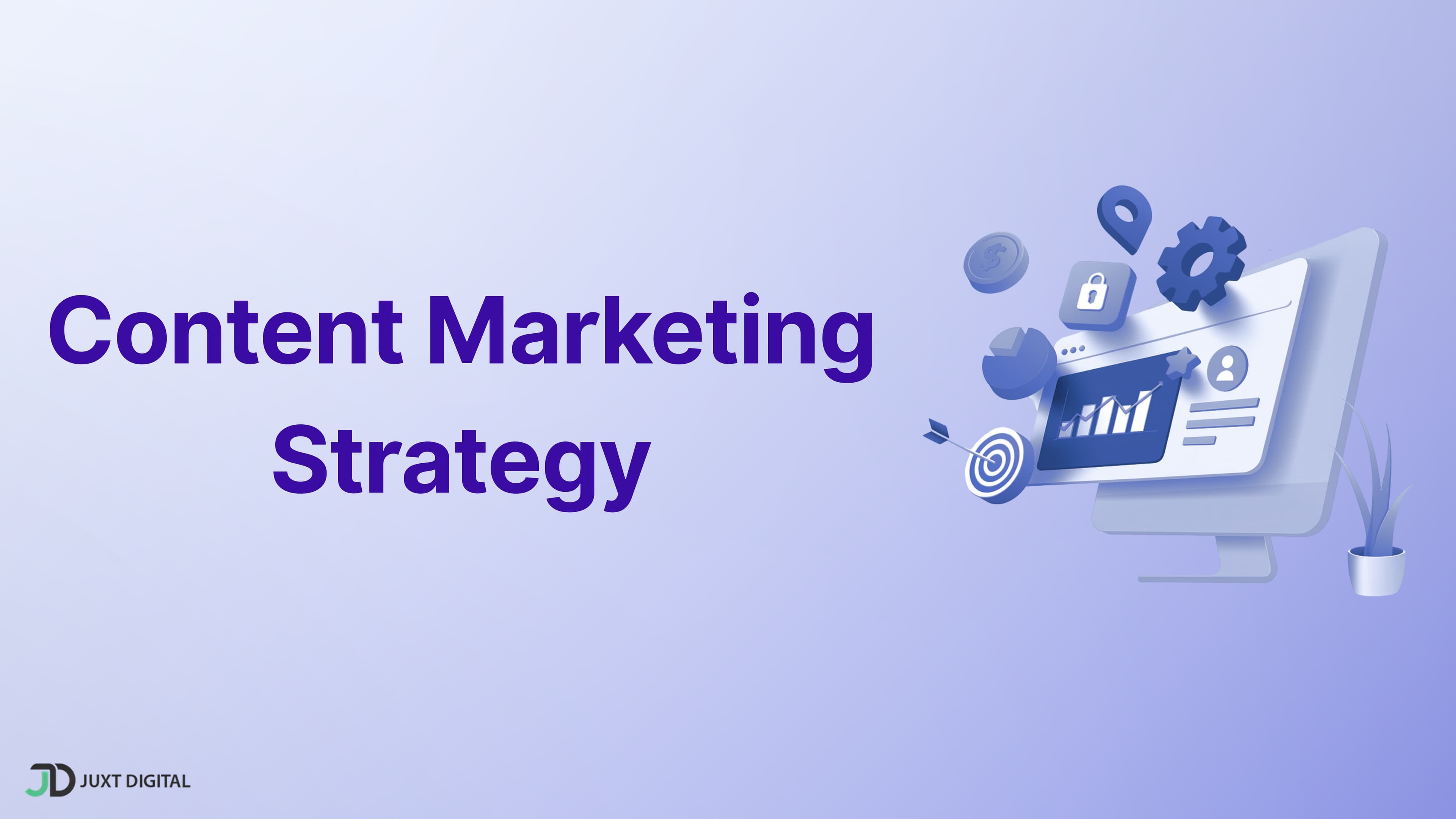What Is a Content Marketing Strategy?
Content marketing is a strategic marketing approach focused on creating and distributing valuable, relevant, and consistent content to attract and retain a clearly defined audience — and, ultimately, to drive profitable customer action. Instead of directly pitching your products or services, you provide relevant and valuable content to your prospects and customers to help them solve their issues. Content marketing differs from traditional advertising in that it doesn't involve interrupting what people are interested in to get their attention. Instead, content marketing strives to be what people are interested in. It's used by many companies, including some of the biggest brands in the world, such as Microsoft, P&G, and Cisco Systems.
Why Have a Content Marketing Strategy?
A documented content marketing strategy is essential for success. 80% of successful companies have a documented content marketing strategy, compared to only 52% of unsuccessful companies. Additionally, businesses that invest more in their content creation see tremendous success with their content marketing strategy. A content marketing strategy will help you:
- Define your goals and objectives. What do you want to achieve with your content marketing? Do you want to generate leads, increase brand awareness, or drive sales? Clearly defined goals will help guide your content creation efforts and ensure your content aligns with your overall marketing objectives.





